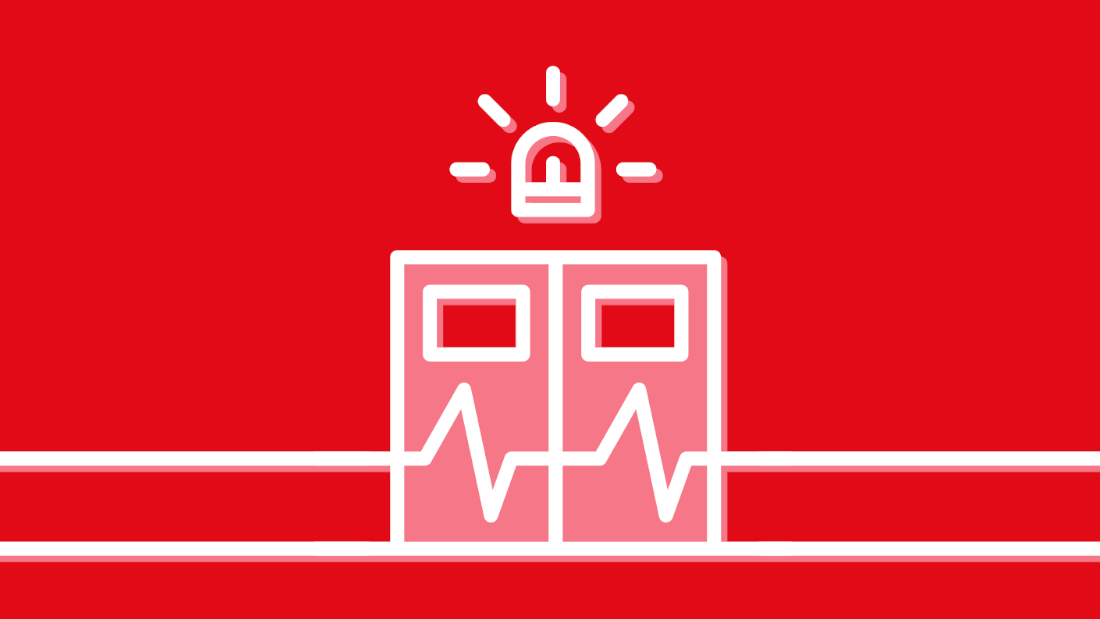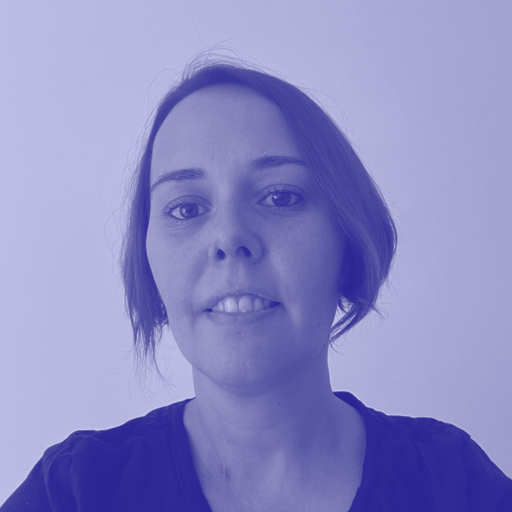I recently took part in a 6-week design discovery onsite in a hospital A&E department and I learned a lot from the experience.
The initial brief was to look at the processes and systems in A&E, map the pain points of clinicians and staff, and understand the systems landscape. How could we make the process more efficient for both clinicians and staff?
Given the short, sharp nature of the project, we decided straight away that we would need to be present in-person for most of the research sessions.
We decided to spend 4 days per week, for 3 weeks, in the city where the hospital is located, living and breathing the project. It also gave me a lot of time for reflection in my hotel room.
1. A&E works 24/7 – should researchers?
Usually, the people you are researching with have similar working patterns to yourself, so you need to respect their schedule. But when you're conducting research in an A&E department, there are people there 24/7.
As with any new project you need to plan the research to get the most information in the time available.
In this particular case we also wanted to understand the pain points with handovers and nighttime shifts, when helpdesk and IT colleagues weren’t available. That meant that we needed to shift our working patterns.
What I overlooked on the first week was how much disruption this would cause to my own sleeping patterns and energy levels.
I would spend long hours on my feet doing research, following clinicians and staff, and by the end of the first week, I was very tired.
I had to set some hard rules for myself, with regular breaks and strict starting and finishing times. I needed to be fully present and engaged during all the different shifts, and maintain my energy levels throughout the whole project.
2. Prepare yourself for a stressful working environment
Despite all the pre-project conversations, I wasn’t prepared for the reality of A&E.
Being in a hospital brought up all sorts of difficult memories, from my own experience and that of members of my family. The previous year both my partner and I spent time in hospital with health problems and, although everything worked out fine for us, being in that environment took me back to those unhappy times.
When preparing for the project, and in my rational mind, this was a work project, and I would be focused on the job at hand. But soon after we started the research sessions, I realised that I would have to accept the fact that this was affecting me.
Although I was away from home most of the week, I dealt with this by keeping up my self care routines with meditation and yoga, and using my free time to read and watch my favourite TV shows.
We also secured a room in a nearby building, away from A&E, where we could get together as a team and share our highs and lows when needed. This physical distance during the day helped me a lot.
3. Synthesise as you go and find the gaps early
For this project we could only have a limited number of people involved in each research session.
Usually, in more structured research processes, we’d have an interviewer and a note-taker, and possibly several observers.
But the physical space available in an A&E department is limited and having several people following each member of staff or clinician was not feasible.
As typing notes was also impossible, because there was no room to carry laptops around, we soon realised we needed to take handwritten notes and synthesise our findings week by week.
We needed to be pragmatic because typing and coding every single note would be inefficient and time consuming.
Instead, the team all added notes and quotes we had into a MIRO board and did affinity exercises on the last day of research for each week.
As a service designer, I would then look at the maps of the as-is state of the service, and the pain points we discovered. I’d update them on Friday afternoon and Monday morning and then share with the team where we needed to gather more information the following week.
This consistent rhythm allowed to us identify the areas, journeys, scenarios, and user groups to focus on, making sure we covered all we needed in the time available.
4. Adapt to what’s happening and be flexible
We had no way of predicting what would happen on each day we spent in A&E.
Every day we would create a plan and share it with our contacts in the hospital. We’d explain what we wanted to cover, who we hoped to speak to, and where we would be at any time.
But it could change in a moment. If I was interviewing a nurse or a clinician who was called to attend a patient, I’d have to let them go and come back later, if possible.
So, I got used to asking the most important questions at the beginning and hovering near any systems that I wanted to observe people using to ask quick questions when they’d finished their important tasks.
We also needed to adapt and be flexible around our own limitations. If there was a day I was just too tired to stay and see the night shift or observe the handover, I needed to be honest with the team and bump that to the next day.
5. Take care of yourself and each other
In all projects, it is important that the team works together and supports each other but this was even more important in this project.
We checked in with each other multiple times a day to check everyone was OK. We were in constant contact and if anyone needed time to recover, we would adjust the research plan to make space for that to happen.
On a more practical note, we also constantly reminded ourselves and each other of sanitising hands, removing any jewellery and watches, and being aware on protecting ourselves against disease. Any of us catching COVID-19 or Norovirus would have seriously derailed our timelines.
A great opportunity
Having said all of the above, I’m conscious of two things.
First, nothing I experienced as a designer was anything near as difficult as staff and clinicians deal with every single day. They’re amazing, dedicated people, and I’ve got more admiration for them now than ever.
Secondly, this was one of the projects I’ve most enjoyed the most in my 18+ years working in technology. I learnt things about teamwork, about research, and about myself. The challenge gave me a great sense of purpose and fulfilment every day.



